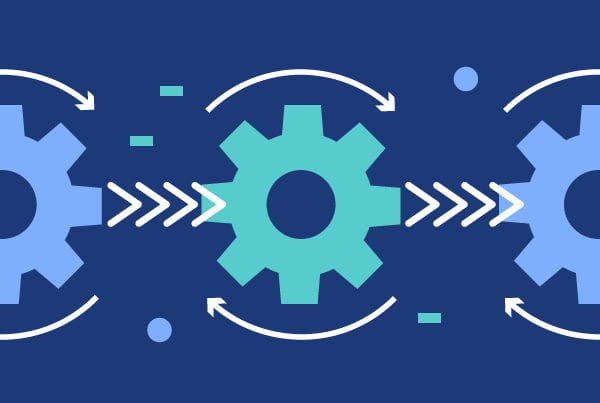Test-driven development
We all know testing is an essential part of the development process. However, there is an increasingly popular development style that revolves solely around testing. In this article, we’d like to focus on that style, test-driven development, and what it entails, as well as what its advantages and disadvantages are, so you can assess if it’s the right method for your project.
What is test-driven development?
Test-driven development (or TDD) seeks to keep coding, testing and design very closely related by writing a test before actually writing any of the app’s code. Unit tests are designed, developed and run before starting work on each web or mobile app functionality with the aim to make the code simpler, clearer and bug-free.
The three basic rules of test-driven development are simple: you can’t write code that is not meant to make a failed unit test pass; if you’ve written one unit test that fails, no more tests are needed at that stage; and you only need to write enough code to pass the unit test.
What does the test-driven development cycle look like?![]()
TDD has a set cycle made up of the following steps:
- Add a test: as we’ve discussed, every new feature begins with a test, so, logically, the first step is to create a test for that feature.
- Run all existing tests and check if the new one fails: running all tests helps you make sure there are no issues with the test framework and that the new test does not pass without the code you have not added yet. If the new test passes or any of the previous ones do not, you will need to look into it before moving forward.
- Write the relevant code: once you know the corresponding test failed, you can proceed to write the code for that feature. At this stage, the code doesn’t need to be flawless, it just needs to be enough to pass the test; you can keep working on it later on.
- Run the tests again: once the basic code is done, it’s time to run the tests again to check if the code now passes the new test. If it does, it means it meets the test requirements and doesn’t adversely affect any other features. If it doesn’t, the code will need to be adjusted accordingly.
- Refactor your code: this “final” stage should be focused on cleaning up your code, which means improving on it while making sure it still passes all tests. Here, you should also make sure to remove any code duplication.
- Start over with the next feature: once you’re done with your new feature, it’s time to move on to the next, which means the cycle will start over from step 1.
Like any other development methodology, TDD has its pros and cons, which we’ll focus on below.
What are the benefits of TDD?
- Although it may initially take a bit of extra effort and time, the final product will have fewer bugs and defects and TDD will expedite app development in the long-term.
- Moving forward in smaller stages tends to be more productive than doing so in larger blocks.
- Because potential issues have been dealt with early on, bugs are cheaper to fix and a web or mobile app’s final stages will take less effort and stress.
- Some experts claim test-driven development also leads to better design and higher technical quality.
- TTD makes refactoring smoother as you already have a set of tests to find any breaks in the code.
- The tests can make up documentation for the app development process, which means the code will be that much easier to understand. Consequently, anyone in your team can pick things up if needed.
- TTD can help developers look at the web or mobile app from the end user’s point of view, improving the usability of the final product and increasing the chances of success.
What are the disadvantages of TDD?
- As we’ve mentioned, it takes more effort and time at the beginning of the process, which might make the first few stages of development feel quite slow.
- There might be considerable refactoring issues brought on by not thinking ahead.
- If the design keeps changing, you may end up with a lot of tests for features that are no longer needed, thus wasting a considerable amount of time.
- Writing good tests that cover the right points can be challenging and you may end up with trivial ones.
- You have to find the right balance when it comes to the number of tests or you might risk running too many or too few.
Final thoughts
There are many methodologies and techniques when it comes to app development. Picking the right one for your project is all about weighing the pros and cons and figuring out your priorities. Test-driven development may be more time-consuming to begin with, but it definitely pays off in the long-term with smoother results. We hope this article has helped you figure out whether TDD is the right fit for you.







